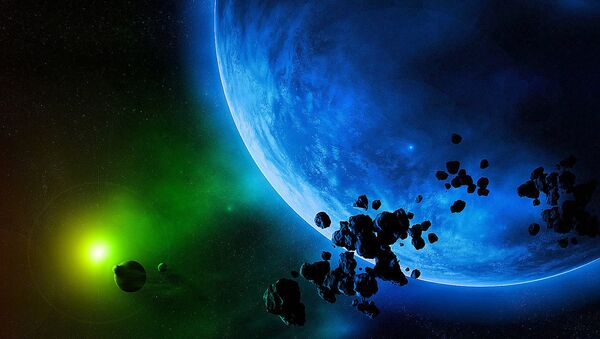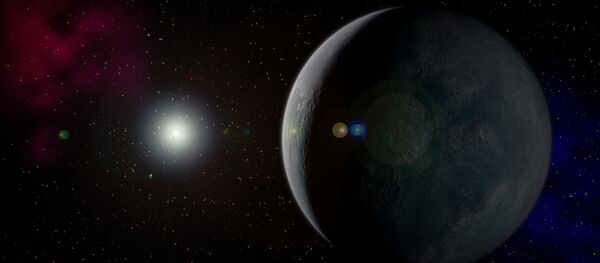They cooled down a mixture of chemicals – water, methanol and ammonia to a temperature of minus 195 degrees Celsius inside a vacuum chamber, and then shone ultraviolet light on the frozen mixture to warm it up again to room temperature, a process similar to that undergone by a comet when it approaches the Sun.
The experiment resulted in the formation of a large variety of organic compounds, including ribose and other sugar molecules, suggesting that these molecular building blocks of life could have formed when similar ices condense around dust grains and comets, close to a young star.
The sugar ribose is the principal constituent of RNA, a single-strand molecule that can also encode information like DNA and is hypothesized to have been used by early life to pass on genetic information, instead of DNA.

Lead author of the study Uwe Meierhenrich told Chemistry World that the findings also hint that the genetic material of any life on other planets could potentially be based on different sugars.
"We did not only detect ribose, but many other sugar molecules," he said.
"[This] does not necessarily hint to RNA that preceded DNA and evolved from ribose. Alternative nucleotide precursors might have played their role in chemical evolution as well.’
"Modern life is very efficient – it uses RNA and DNA – but the original versions of proto-life almost certainly didn’t," he said.
"Some of these other sugars that modern life doesn’t use may have actually played key roles back in the beginning."





